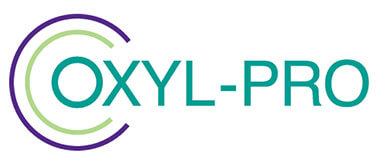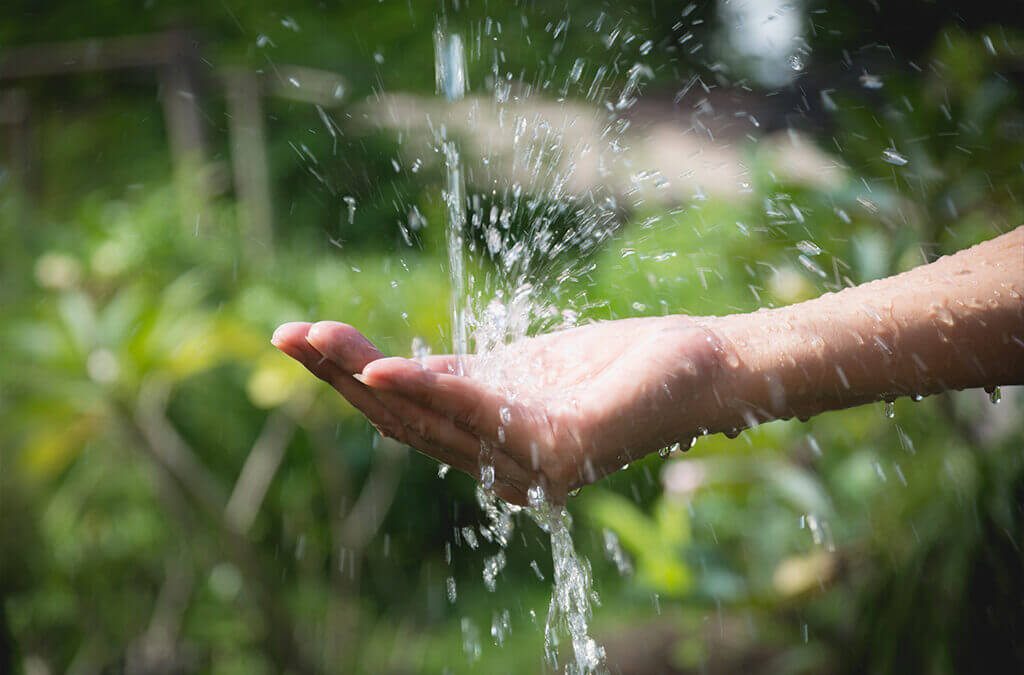Good, consistent livestock water treatment can help increase yields and reduce mortality rates.
Meat production requires a high volume of water, especially compared to the farming of vegetables.
According to research into global energy use in food production by the Institution of Mechanical Engineers, producing 1kg of meat requires between 20,000 and 50,000 litres of water.
Livestock water treatment is therefore essential for both meat production and for animal welfare, as well as helping to ensure the quality of the end-product.
However, there are various regulations governing livestock water treatment, so it is important that, when choosing a water treatment method, you follow guidelines carefully.
Why do water treatment guidelines exist?
The Drinking Water Inspectorate (DWI) acts on behalf of the Department of the Environment, Food and Rural Affairs (DEFRA).
Safe and secure water supplies are essential for the economy and for people’s wellbeing, so it follows that anyone who potentially could be adding something to it must follow clear regulations.
When choosing a method of livestock water treatment, you must consider its suitability for your purposes, but also ensure that it follows strict water treatment guidelines for public health.
There are specific guidelines covering the disinfection of water in England and Wales.
DWI has also produced a full manual on treatment for small water supply systems.
What is a private water supply?
A private water supply is one not provided by a statutory supplier.
Where this is the case, the owner or user of a private supply, rather than a utilities company, is responsible for maintaining and repairing it.
Meanwhile, local authorities are responsible for monitoring them.
Monitoring microbiological and chemical contamination
DWI guidelines list the parameters for microbiological contamination in water.
They include the presence of bacteria such as e-coli, enterococci and coliforms.
Cryptosporidium and campylobacter, for example, are common in the faeces of cattle, sheep and other animals.
Because chemicals used in water treatment have the potential to have an adverse effect on the water supply, anyone adding them to a private supply must ensure they will not cause a risk to public health.
Chemicals widely used in livestock water treatment include:
- Chlorine dioxide, and
- Stabilised hydrogen peroxide
DWI guidelines on water treatment processes
DWI states that anyone purchasing water treatment supplies for a private water supply should:
- Make sure suppliers are aware of the size and nature of the water supply and confirm that they can supply and install any suitable, approved equipment, if required
- Check suppliers’ references and inspect similar installations where possible
- Ensure the suppliers provide suitable instructions for use and ongoing maintenance.
In its guidelines, DWI covers a range of water treatments, some of which are applicable to livestock, including:
- Multiple barriers
- Membrane processes, and
- Disinfection
What do the regulations say about disinfecting water?
Regulation 5 outlines disinfection practices for users of private water supplies.
It is important that the local authority is satisfied with the product or substance used to disinfect a private water supply.
The product or substance should therefore be on the DWI’s list of approved products, also known as the Regulation 31 list.
Under regulation, the user of the private water supply must maintain and verify the disinfection process, ensuring it is fit for purpose.
It suggests the means of doing this could be online monitoring or regular sampling.
Why is disinfection important in livestock water treatment?
From a public health perspective, DWI points out that contamination by animal faeces or sewage is the greatest danger to drinking water.
These contaminants can contain organisms that are harmful to human health, causing communicable diseases.
The guidelines state that chlorine disinfection is the most common disinfection method for larger water supplies; while ultraviolet (UV) is more widely-used for private water supplies.
- For livestock water treatment, the primary aim is to ensure a good quality water supply for animals.
- However, under DWI regulations, this supply must still fall within the guidelines for private water supplies generally.
- Therefore, from a regulatory viewpoint, providing a livestock water supply must deal with these two major aspects.
Biocidal Products Regulation (BPR)
DWI guidelines cover drinking water up to the curtilage of a building (the land immediately surrounding it).
Once inside, the owner has responsibility for drinking water.
In addition to DWI guidelines, anyone supplying drinking water to humans or animals which includes disinfecting chemicals must also follow the Biocidal Products Regulation (BPR).
This is a European directive and lists approved biocidal product types.
Disinfectants in drinking water come under PT 5.
The importance of Ct values
How susceptible any microorganism is to a disinfectant treatment will depend on the potency of that treatment.
The two main things that will affect the efficiency of a water disinfectant treatment are:
- Concentration, and
- Contact time
Other factors are the water supply’s disinfectant demand, pH and temperature.
You measure the disinfectant’s concentration in C (mgl), and time in t (minutes).
The overall expression of exposure to a disinfectant is Ct:
Ct = C x t.
A disinfection process will be more effective the greater the Ct value or exposure.
When applying a disinfectant, you can manipulate concentration and contact time to get the optimum Ct value.
You can also use this value to compare the efficiency of disinfectants.
Maintenance and record keeping
DWI emphasises the importance of management and maintenance of water systems.
It suggests users should deal with issues such as equipment failure as soon as they arise, to minimise the risk of contaminated water.
The recommended solution is for a proactive rather than reactive maintenance programme, including regular checks and cleaning of disinfection equipment, and both site and structural inspections, where relevant.
The inspectorate also recommends that installers of water treatment systems explain the importance of keeping maintenance and management records of these systems.
Choosing the Right Livestock Water Treatment
Under BPR PT5, Oxyl-Pro is approved for use in animal drinking water.
For more information about this advanced livestock water treatment, complete our contact form, call us on +44 1606 851 782, or send an email to enquiries@oxylpro.com

